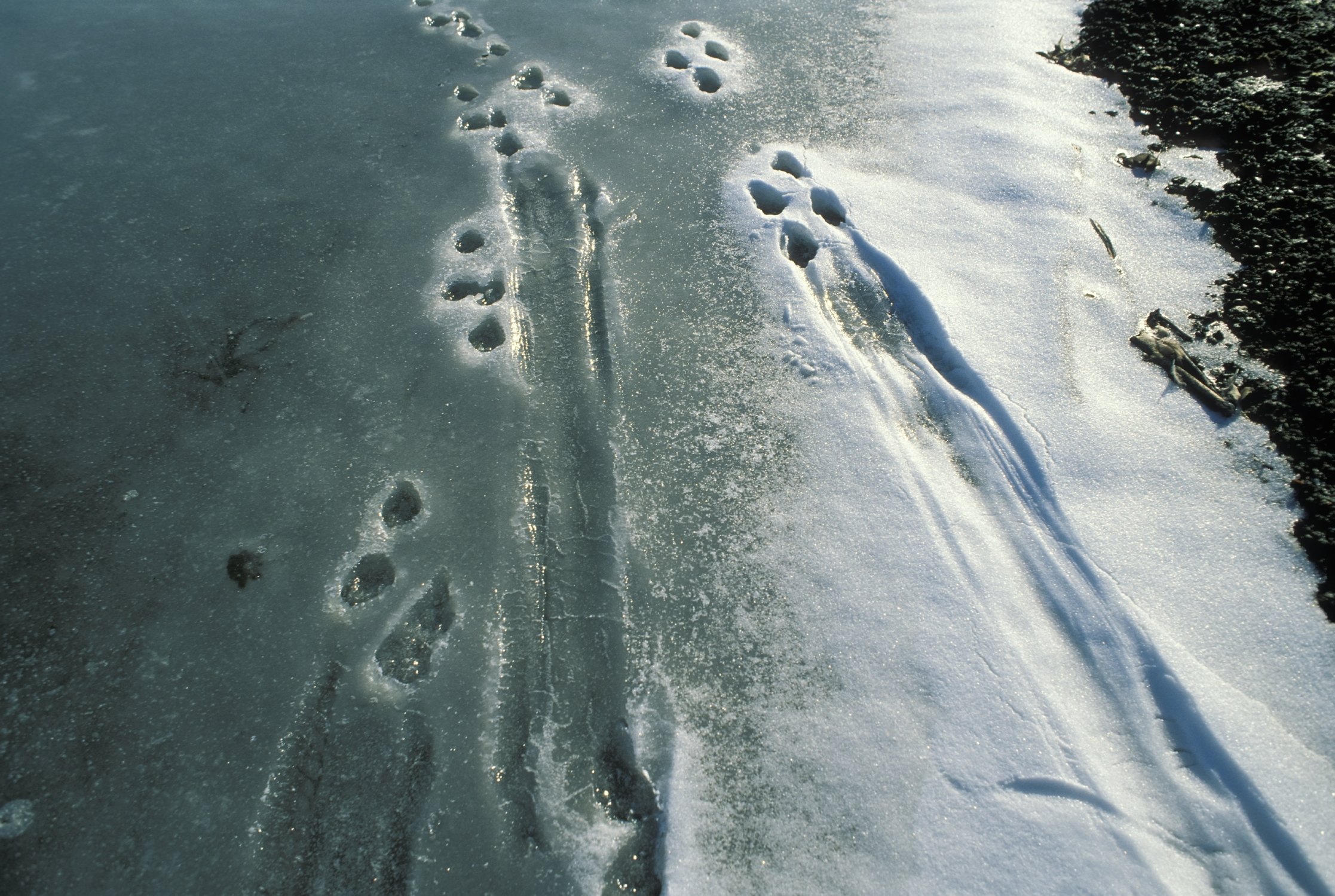Field notes by J. Cantrell, photos courtesy of the MO Dept. of Conservation
Years ago, I was working an Eagle Day event at Schell Osage Conservation Area (near El Dorado Springs). These were extremely popular events with the public and school groups coming to view Omega or Phoenix, who were rehabbed eagles from the Dickerson Park Zoo, and to see wild eagles in their natural habitat. I staffed spotting scopes along the wetland and set up an area to let people view eagles perching in the treetops or on the lake’s icy surface. Unfortunately, eagles were firmly on the endangered species list then, and out of protected areas, in ideal habitat, they were rather rare for Missourians to see. Visitors eagerly lined up at the optics and I could tell by their facial expressions when they had a full view of our national symbol. They were thrilled at the view and slowly would step back and use their own binoculars to scan for other eagles on their own. The spotting scope outreach conservation event piqued interest and now they were open to learn a little about the habitat and the role the eagle plays in the environment. The observations of a kettling group of eagles riding the thermals in the midday sunshine are called a “soar” of eagles, and perhaps bringing the most interesting eagle behaviors is when they are grouped together on the ground either resting or feeding. A gathering of bald eagles like this is called a “convocation,” and it is thrilling. Educational steps in a simple form of exposure like this was one of the keys to bringing the bald eagle back from critically low numbers. Exposure may lead to a little understanding and, in turn, more understanding.
River Otters & their tracks
That same day at Schell Osage many of my audience members got to witness another comeback performance…river otters. We were fortunate enough to have a mother otter and four teenager otter pups come through the waterways behind the groups of people waiting for their turn at the scopes. On snow-covered land or frozen over lakes, otters travel by alternating running and sliding. Otters swimming together have an uncanny resemblance to sea life mammals; they surface often at unpredictable places. They may bob up or even come ashore briefly to get a better look at their surroundings and “touch base” with otter siblings. They are amusing to watch, thus a group or family of otters on the move are called a “romp” due to their playful nature. Rarely do we catch them resting together, but if so – their grouping is referred to as a “raft.” Historically, otter numbers were decimated by unmanaged harvesting, habitat destruction, and water pollution. That day years ago was when I witnessed people’s excitement and celebration of otter success as well. Since then, over the last 25-30 years river otters have steadily, slowly increased and filled their habitat niches. The otter is an extraordinary animal to learn about and discover in the wild. Over the past year, I’ve had nine different accounts of people visiting with me and sharing photos and videos of otters. Surprisingly their stories were very similar to the Schell Osage account …a group of otters traveling, playing, and even sliding together. Otters are one of the most intelligent mammals in North America and a naturalist observing them will quickly pick up on their body language and verbal communication skills. Predators are vital to a healthy ecosystem and the river otter is an efficient predator of freshwater clams, crawdads, and certain stream fish.
February is a wonderful time to easily view bald eagles in the wild and to happen upon otter signs along the rivers and wetlands. I hope to catch you out in the wilds this month and enjoy the conservation successes of these comeback species! - Jeff



